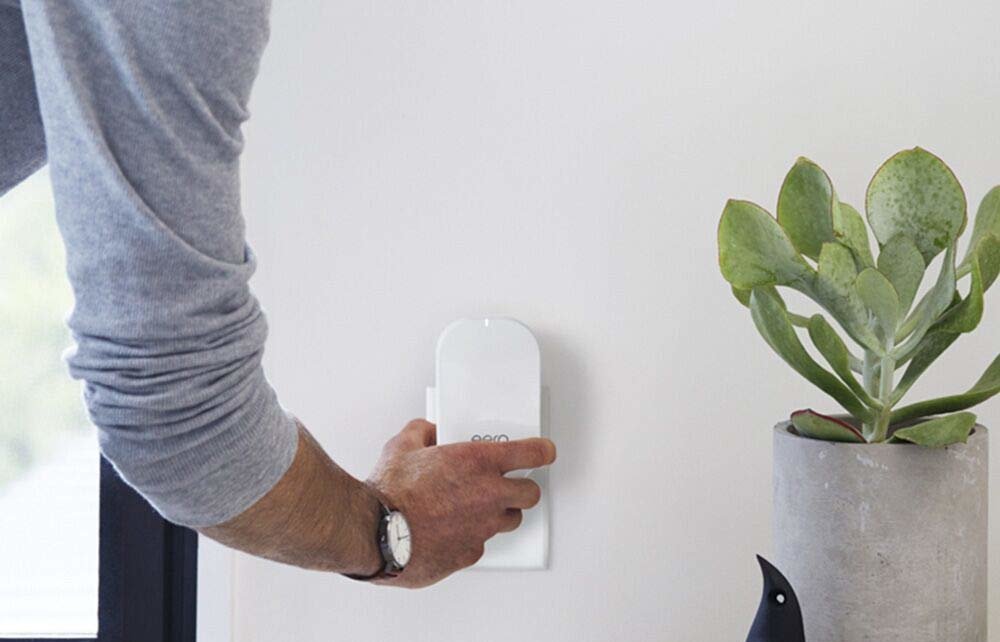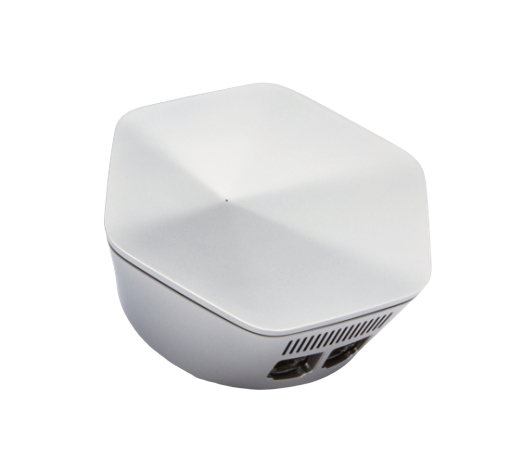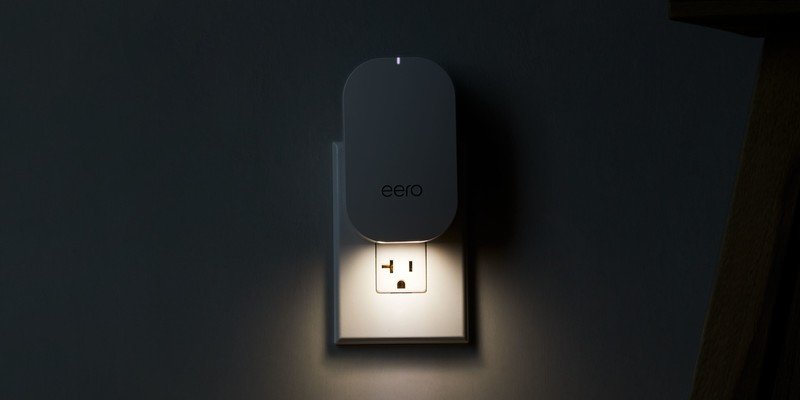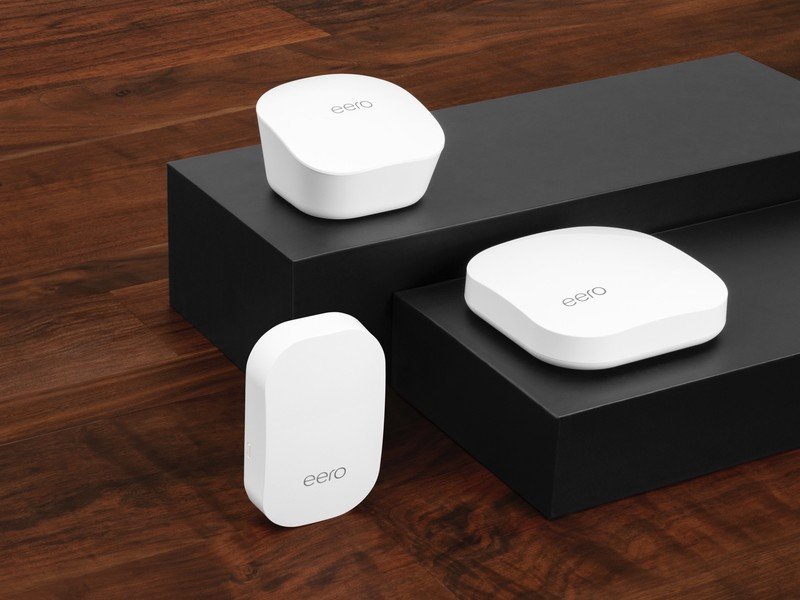eero Beacon vs. Plume SuperPod: Which should you buy?

Eero Beacon

If you have an Eero mesh system and need to expand your Wi-Fi coverage, the Eero Beacon is a great option with a compact design that plugs directly into the wall. Its dual-band Wi-Fi will provide more than enough speed for most normal usage.
Eero Beacon
Reasons to buy
Reasons to avoid
Plume SuperPod

Plume has turned home WI-Fi into a subscription service that includes a tri-band SuperPod mesh router and easy expansion. Plume makes mesh networking easy and comes with some great security features, as well as great customer service options.
Plume SuperPod
Reasons to buy
Reasons to avoid
If you're looking to expand your Wi-Fi coverage with a mesh system you have a couple of options. Plume gives you the unique option of signing up for a subscription service that comes with one of its SuperPod routers. Meanwhile, if you already have an Eero router, you can use the Eero Beacon to add up to 1,500 square feet of Wi-Fi coverage to your Eero network. The Eero Beacon doesn't require a subscription to buy but does still offer a similar set of features as an optional subscription.
Expand your coverage
Subscription requirements notwithstanding, the Plume SuperPod is a faster and more capable device in that it can work alone as well as having a faster connection with tri-band Wi-Fi. It also has two Ethernet ports built-in but ends up being quite a bit larger than the Eero Beacon. For many, the smaller size of the Eero Beacon will make it more appealing but it's only a part of your Eero network and must be paired with another Eero router.
| Header Cell - Column 0 | Eero Beacon | Plume SuperPod |
|---|---|---|
| Wi-Fi | Dual-band 802.11ac | Tri-band 802.11ac |
| Wi-Fi speed | Unspecified | AC3000 (400Mbps + 867Mbps + 1734Mbps) |
| Ethernet ports | None | 2 |
| Requirements | Eero account | Plume subscription and account |
From a hardware perspective, the Plume SuperPod is a much more capable device. The major barrier to entry is the price of the subscription, although you do get a free SuperPod with service.
How easy can Wi-Fi be?
Both Plume and Eero want to make Wi-Fi as easy as possible and they both get very close. For someone that's not that interested in tech, the simplicity of either system is extremely appealing. Plume is willing to bet that people will be able to pay for a little extra support. Having a lifeline if your Wi-Fi isn't working as expected can be a blessing.
Eero isn't exactly hard to use with a well-designed app and great compatibility between all Eero branded routers. You can even use the older generation routers with current equipment. If you need extra coverage just plug the Beacon into a wall outlet and you'll be good to go. You'll even be able to see the quality of your connections between the different mesh nodes you have connected to spot if any areas need support.
Get the latest news from Android Central, your trusted companion in the world of Android

Plume is much the same with extra pods available depending on how much space you need to cover. When you sign up for Plume, you'll be asked some questions to determine which and how many pods will work for your home.
Once you've set up your network, the Plume app will show your connection quality to help you improve the Wi-Fi in your home. You will be able to order additional SuperPod or PowerPod nodes on your Plume account if you find you need more down the road.
What's in a subscription?
Eero offers two security packages to its customers as an extra service. The cheaper Eero Secure service comes in at $3 per month or $30 per year and offers added layers of security thanks to ad blocking, the ability to block inappropriate content, as well as being able to check your web traffic against a database of known threats.
A more expensive $10 per month or $99 per year subscription allows access to a few more software packages. This service, called Eero Secure+, comes with everything in Eero Secure as well as a password manager to help you keep your accounts secure, a VPN service to encrypt your connection and the anti-malware and antivirus software Malwarebytes for even more security.
It's possible for someone to keep their network secure on their own with some research and diligence, but having a large chunk of that work done by Eero can offer some peace of mind that will be worth it for many people.
Plume's $99 per year service is quite a different beast in that it not only comes with a SuperPod mesh point but that it's required to use properly. Though Plume's support states that the mesh network will continue to work if the service runs out, you still need to sign up to get the SuperPod in the first place.
With a Plume subscription, you get a few nice features, starting with a robust software package that can map your home and provide in-depth insight into how your network is performing. This can help you get your network as optimized as possible without having to get more hardware than you need. You also get automatic updates, an extended product warranty, and customer support that's always available.
The security features not only come with software to protect your online activity but it can use your mesh nodes to detect motion in your home.
Speed and coverage
Plume SuperPods use a tri-band 802.11ac connection with MU-MIMO to help manage multiple connections. SuperPods come in at AC3000 speeds, which break down to 400Mbps at 2.4GHz plus 867Mbps and 1,734Mbps on two 5GHz bands. Plume recommends a single SuperPod for a studio-sized home, which provides more than 200Mbps internet speeds.
Eero isn't keen to give out the exact speeds of its routers but recommends its dual-band base Eero routers for internet speed up to 350Mbps and the tri-bad Eero Pro for anything faster. Most of the time either Eero will be able to deliver consistent and fast connections with enough speed for most standard browsing including 4K streaming. If you know you need more speed somewhere, it might be worth it to use an Eero Pro in that area.
Expansion options
With Plume, you get the faster SuperPod with your base order. For expansion, you can either have more SuperPods or you can get the more modest PowerPod. The PowerPod is closer to the Eero Beacon in overall speed with a dual-band connection. It only has one Ethernet port, but it's still a nice addition. If you want to connect multiple wired devices, you'll be better served by the SuperPod.
Expandability is one of eero's strongest features. All previous generations and all current models work together. The Eero Beacon is a great option for an area without a lot of surface space such as a hallway. The base Eero routers will offer similar speed and coverage but work best when they sit flat on a surface. The Eero Pros can also be used to expand the mesh and while they are the fastest routers available, they are also the biggest and most expensive.
Which should you choose?

If you already have a Plume subscription, it makes the most sense to stick with one of Plume's pods for expansion so it will work properly with your mesh setup. Both Eero and Plume offer some great ways to expand your network but thanks to all of its subscriptions being optional, the Eero Beacon makes more sense for most people. If you are looking to build a mesh, Eero will have a lower barrier to entry and will require less of a commitment while still keeping setup easy and fast.

When Samuel is not writing about networking or 5G at Android Central, he spends most of his time researching computer components and obsessing over what CPU goes into the ultimate Windows 98 computer. It's the Pentium 3.

